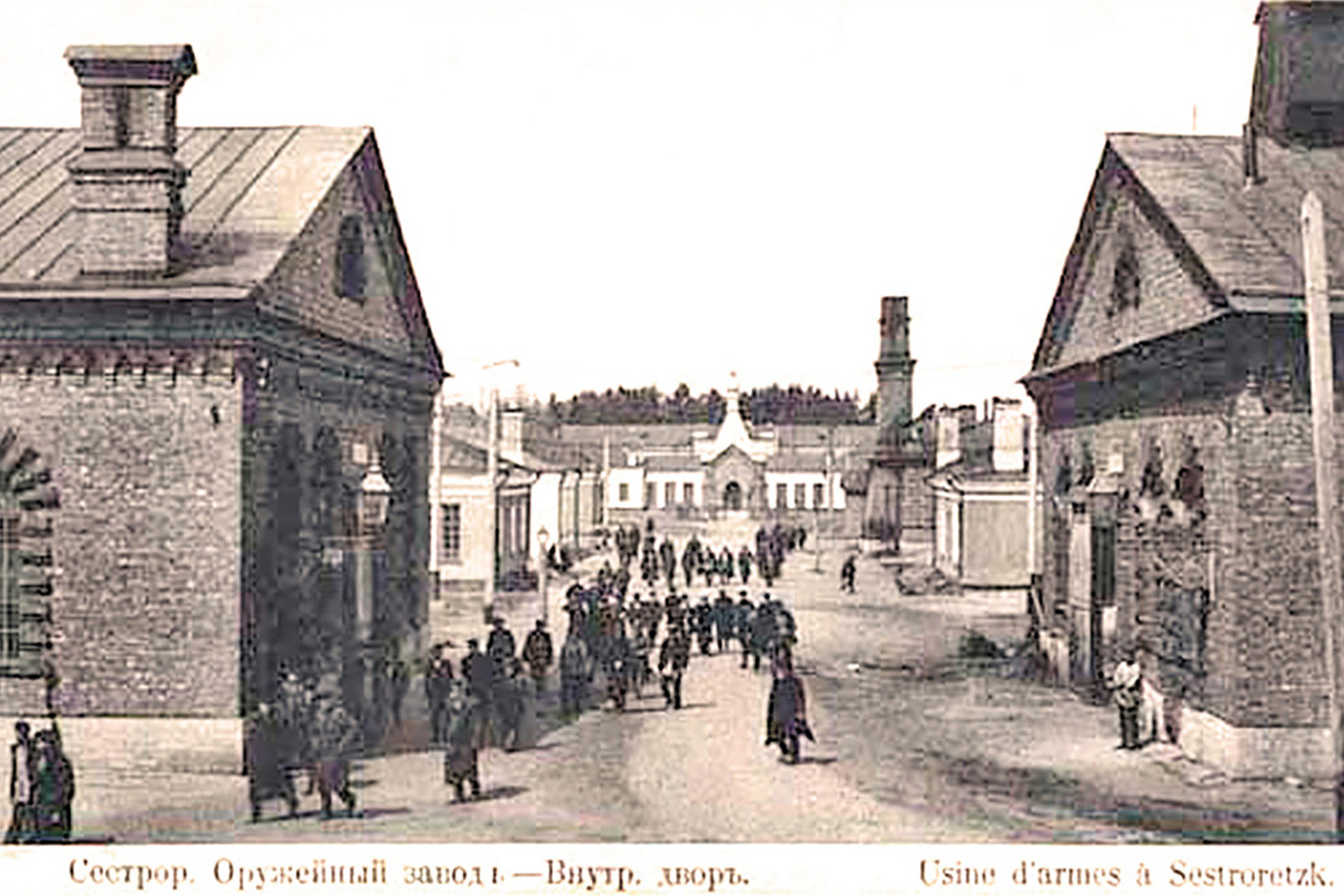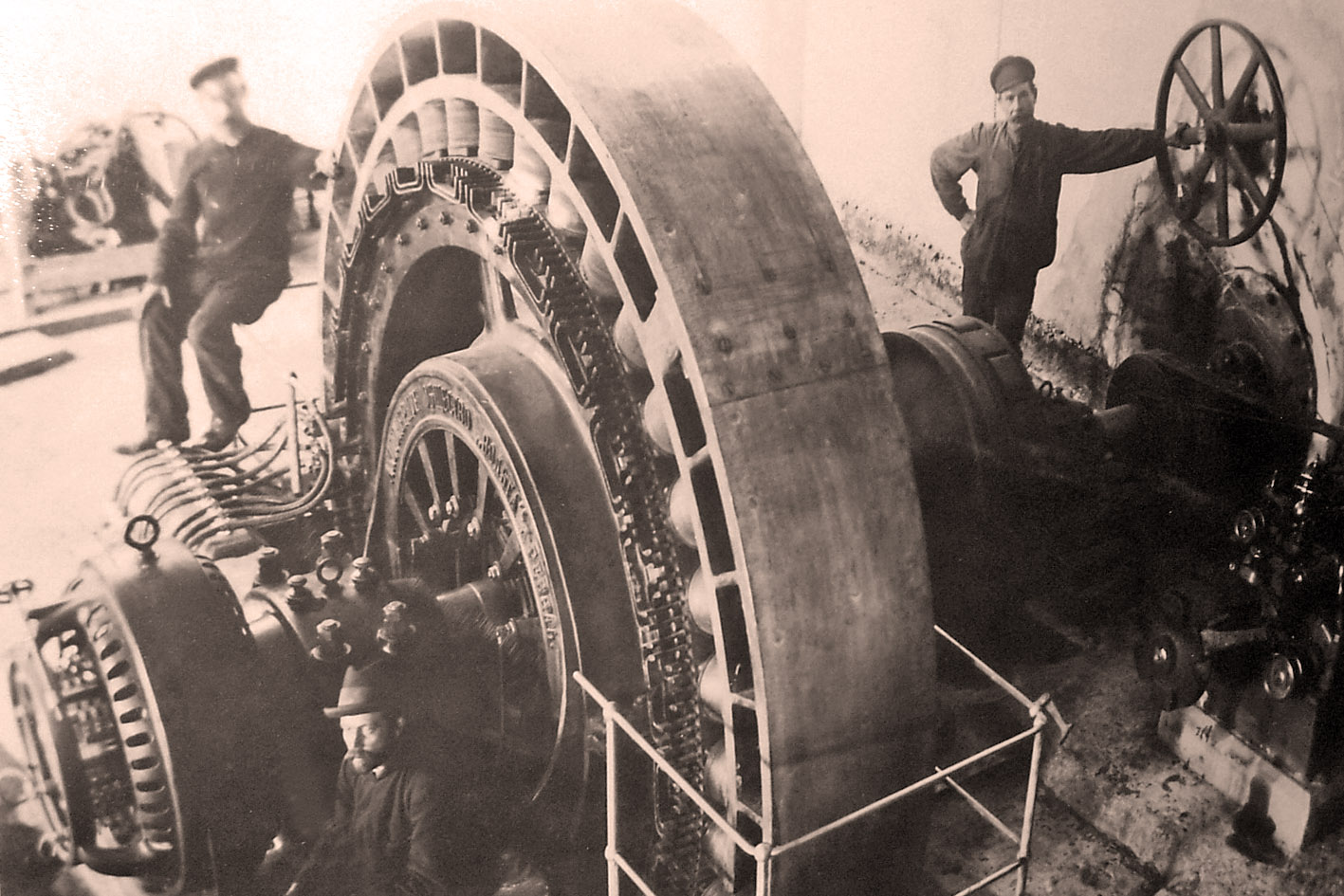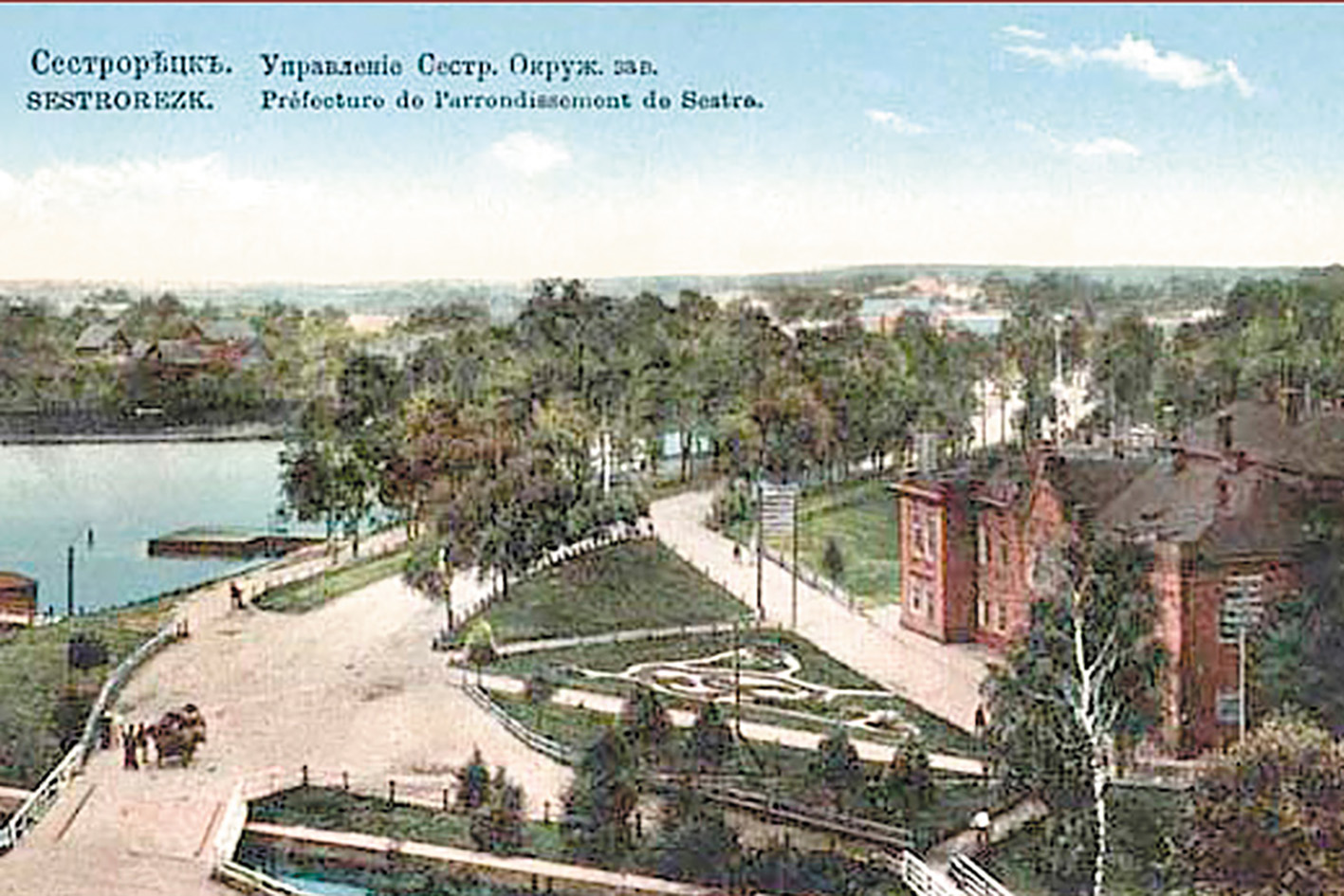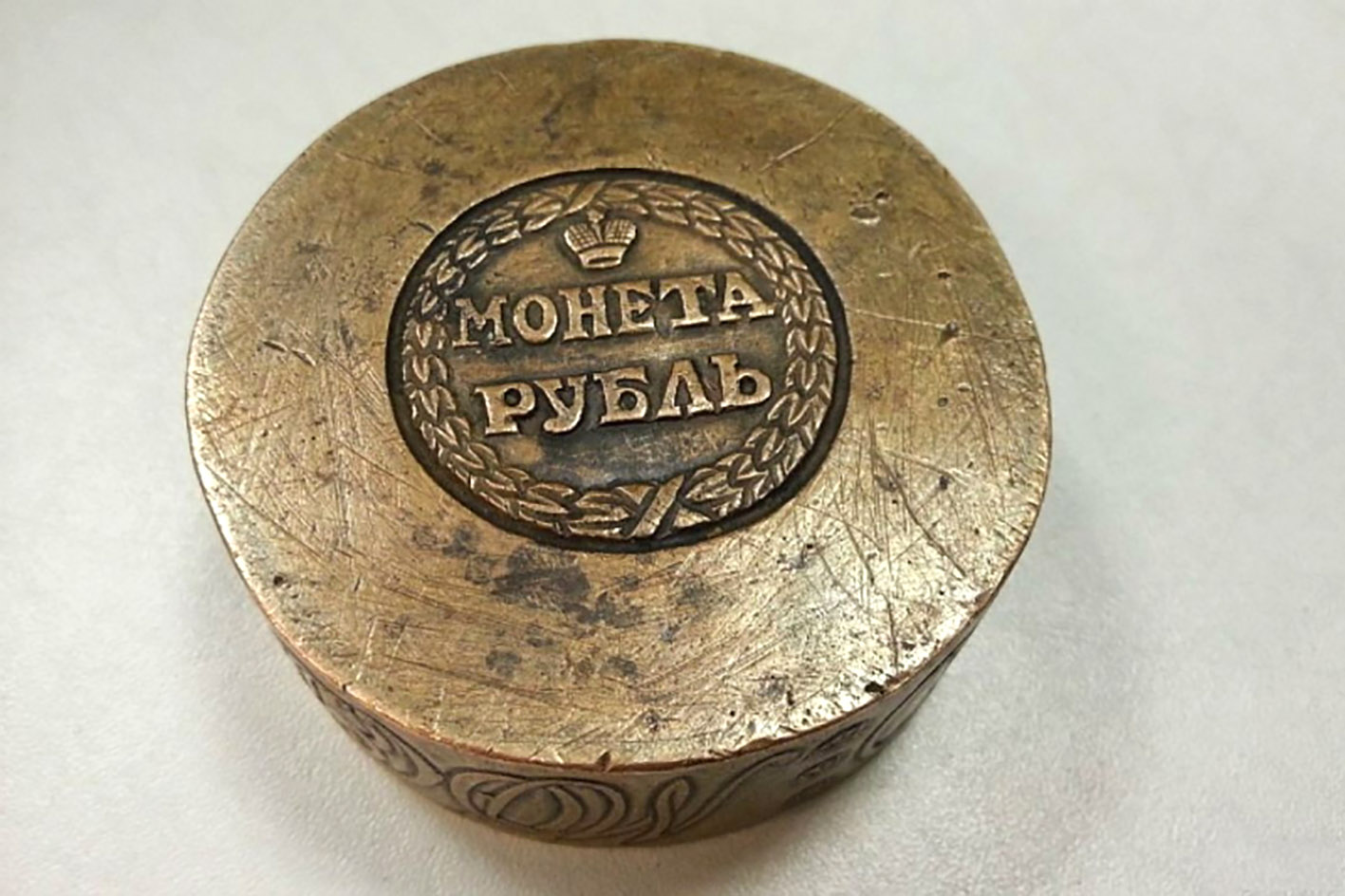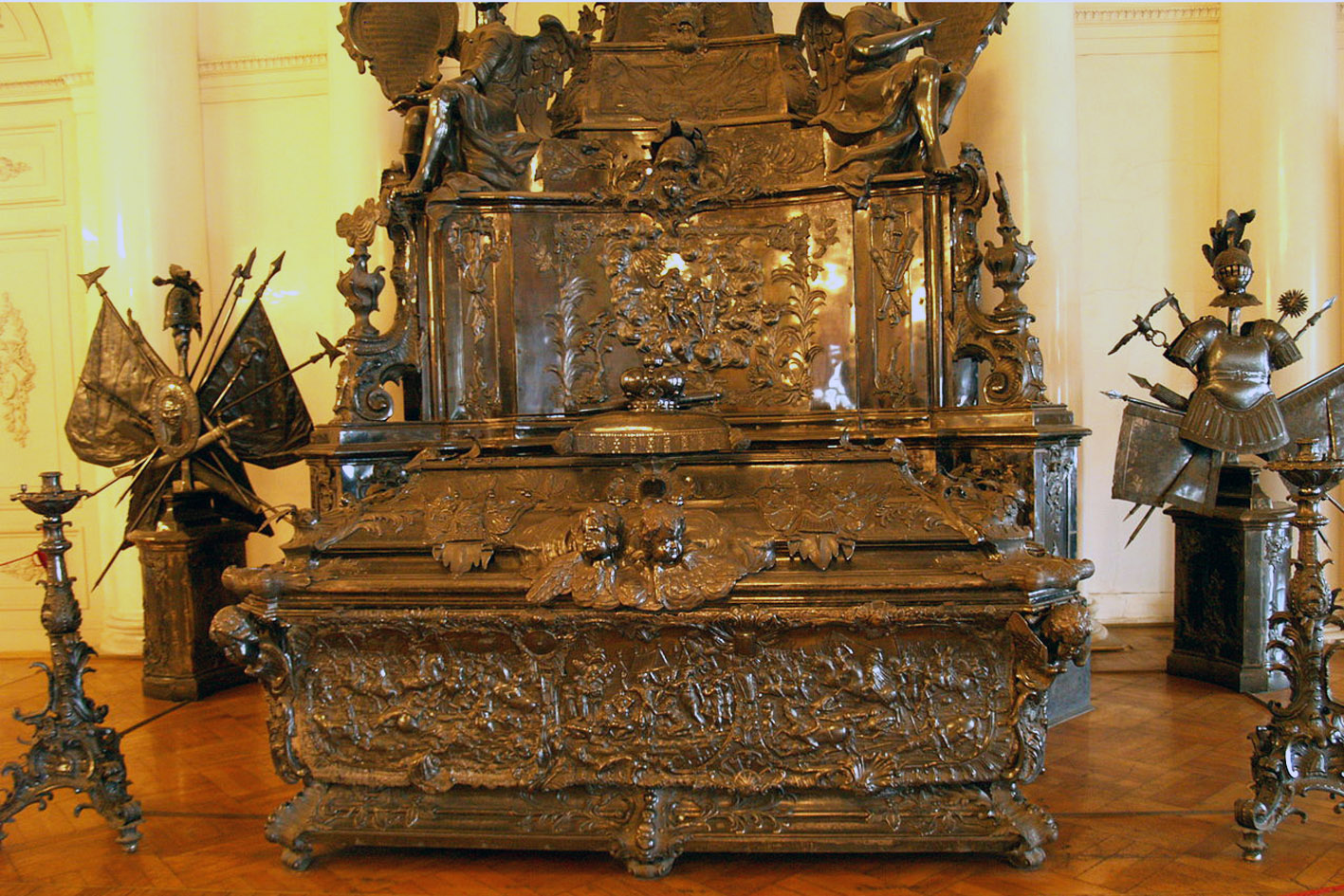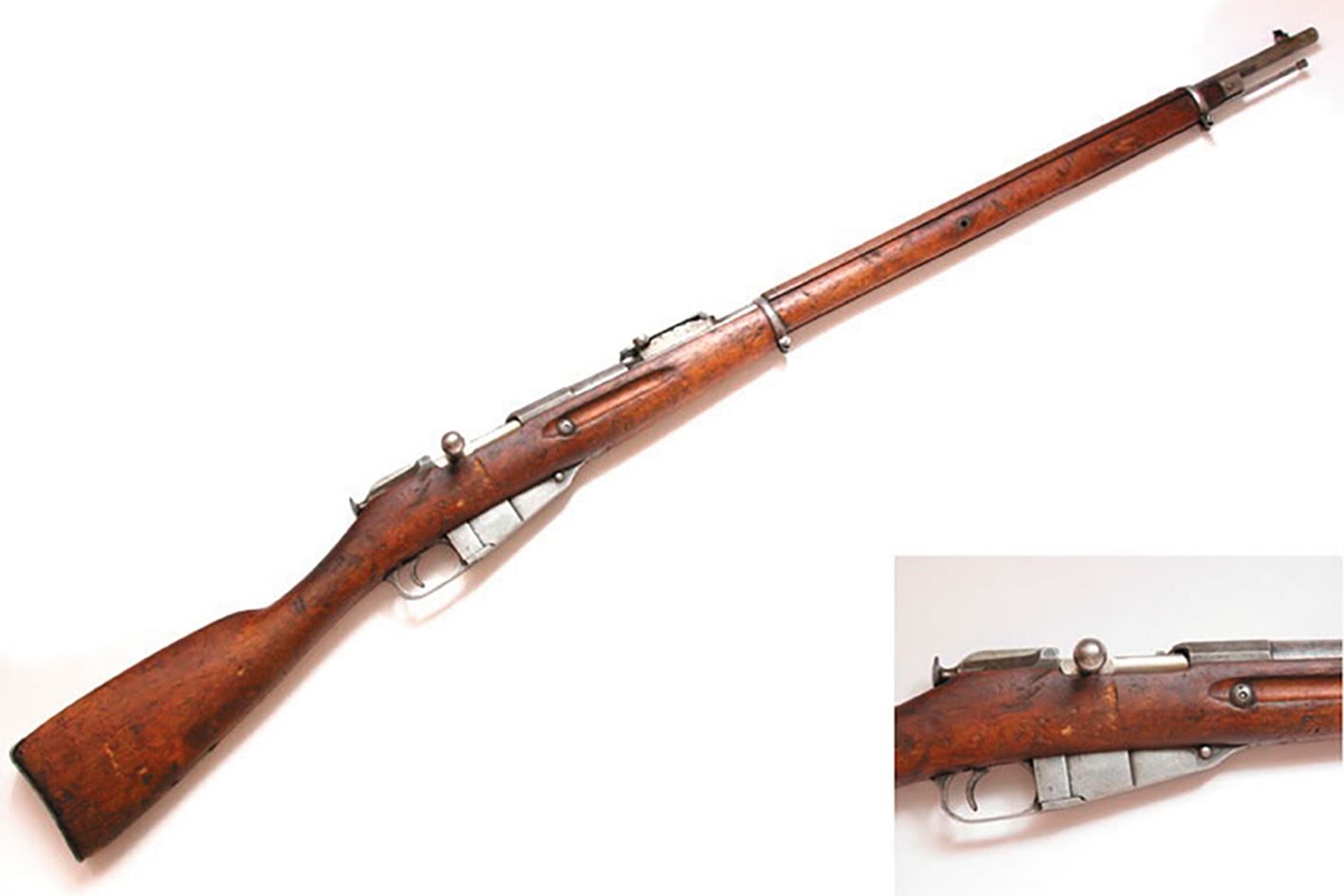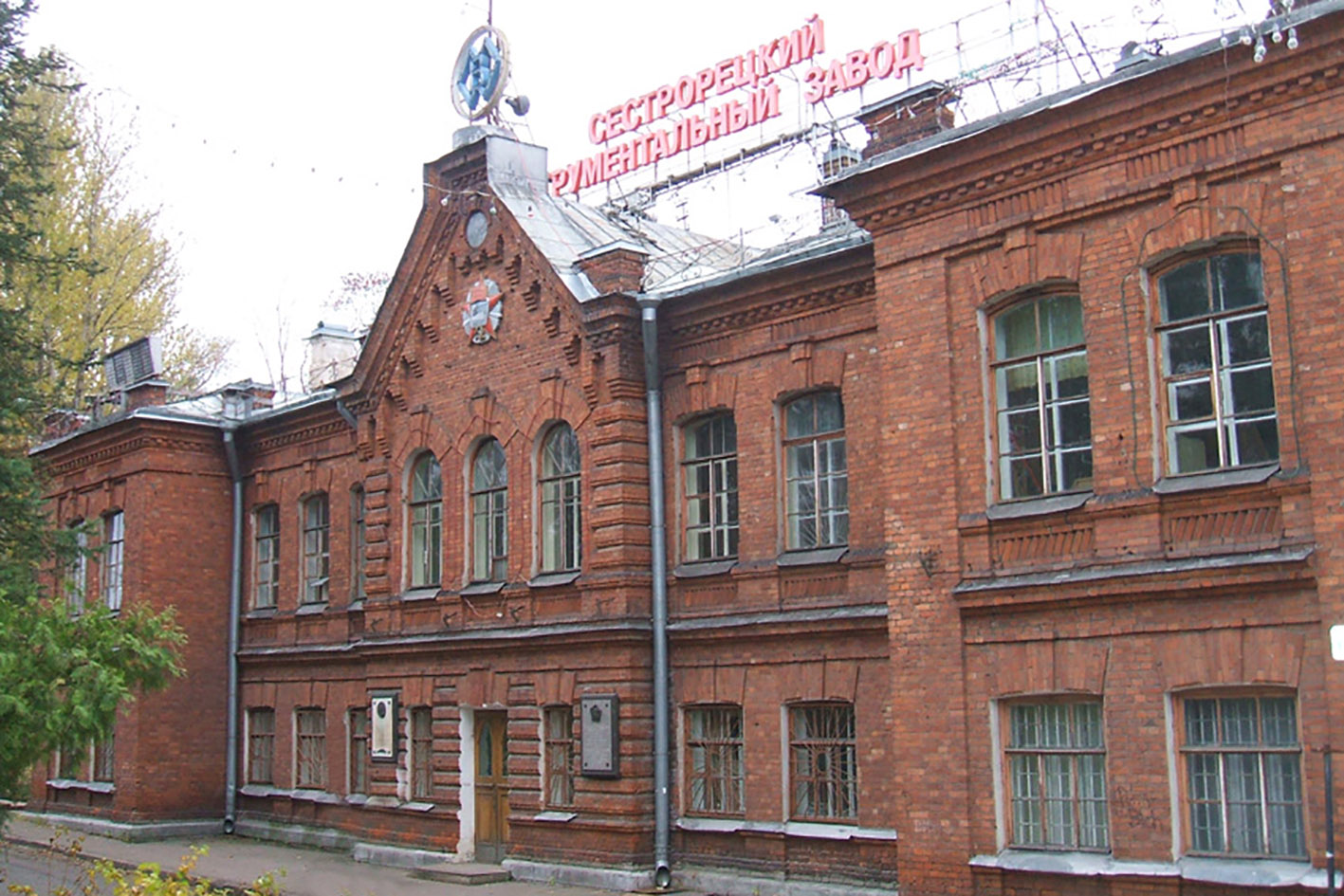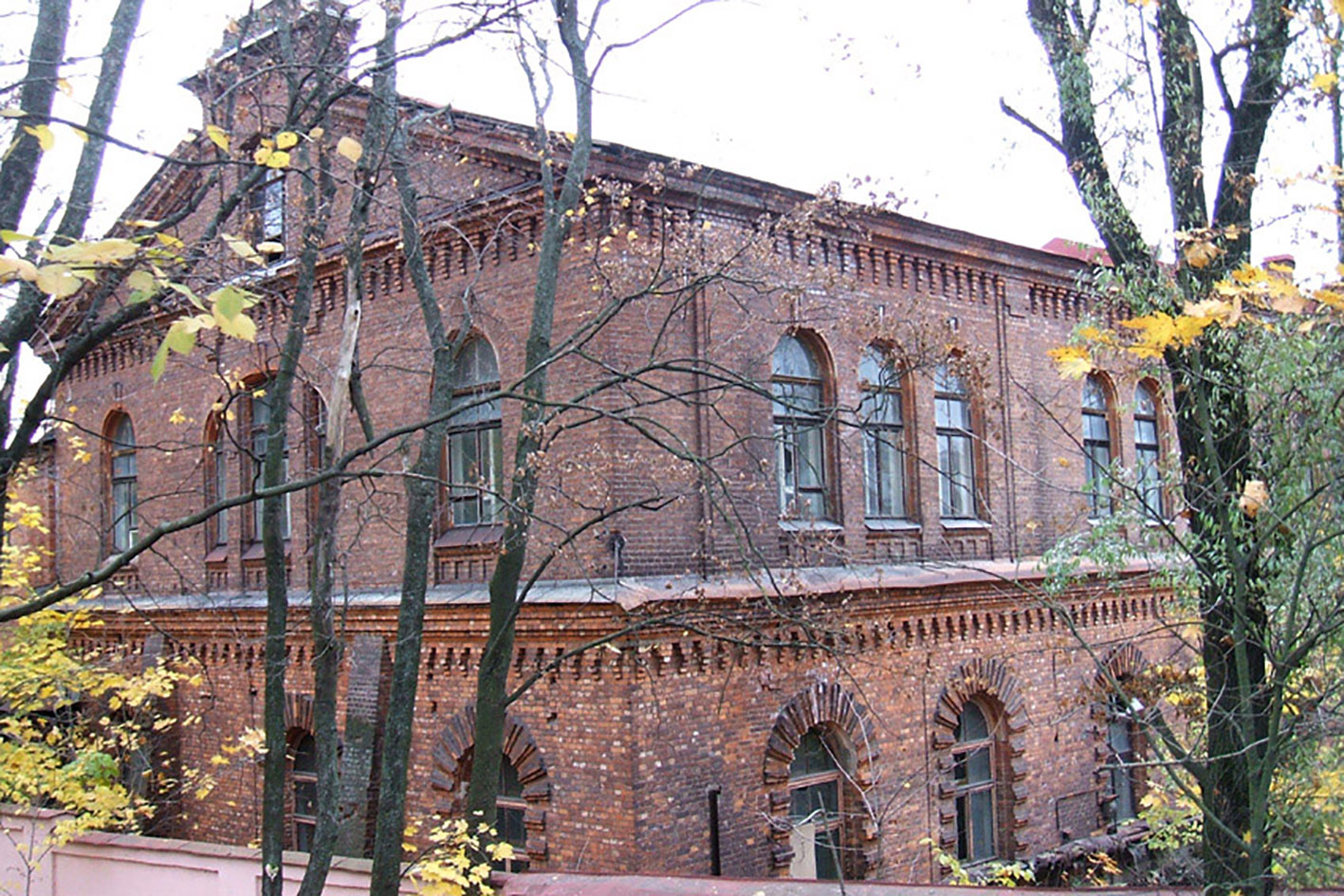Armory factory
In autumn 1720 a prominent specialist in the field of mining, metallurgy, and military equipment, Colonel William Gennin showed Peter the First “Sestroretsk drawings” and in January, 1721 the construction of the fire-arms factory in Sestroretsk began. The same year June William Genin became the headmaster of the factory and the chief builder. The plant was built by battalions of Kronstadt soldiers of regiments that were sent to work “on the third of the year.”
In 1723 Colonel Matthew Vyrubov headed the construction. He reported to Peter I at the opening of the factory on the 27th of January, 1724. Its first workers were the craftsmen and mining workers from Olonets factories relocated here with their families.
Nowadays all these significant objects – the fire-arms factory, park “Little oaks” and Sestroretsky Razliv Lake — are considered as the objects of the World Heritage according to the resolution of UNESCO Council.
Whereas the fire-arms factory always was one of the biggest and most technically-equipped enterprises of the Russian State. The factory specialized in the production of muskets, guns, cannons, sabres, rapiers, cutlasses. There were also a lot of extraordinary orders, which required the special talent and unique skills.
The factory specialists created the magnificent works of art, for example, the metal ornament gates for the Chinese bridges in Tsarskoye Selo, the front gate of Catherine’s palace and the fence of Vorontsov’s palace, iron bridges in the Tauride Garden, the silver tomb of Alexander Nevsky, kept in the Hermitage, tombs for the burial of Empresses Anna Ioanovna and Elizaveta Petrovna, ”Papinov’s machine” for the chemical laboratory of Michael Lomonosov.
The Mint was opened in the factory on the 16th of September 1756, where for 10 years, copper coins were minted. Amount of coins minted during this time was enough to cover the national debt of Elizaveta Petrovna. Sestroretsky ruble weighing 919 grams, manufactured at the factory in small quantities, is very rare.
The Great Russian commander A.V. Suvorov visited the factory incognito in July 1792. After three days living in Sestroretsk in the house of one of the masters of the factory, a renowned military commander noted the high quality of manufactured arms, excellent order and well-equipped workshops.
From 1894 to 1902 General – Major of the Russian Army Sergey Mosin was the head of the factory. He was considered to be one of the most outstanding military inventors. His name is always connected to the invention of the famous rifle — “tryokhlineyka”, which had been serving Russian soldiers up to the middle of 1950s.
Under the leadership of S.I.Mosin the factory was expanded, supplemented with new equipment, transferred to electricity, a special tool department was established here. A fire-arms school and a library were opened at the factory and a lot of cultural and educational activities were performed with the support of Sergei Ivanovich. The well-known gunsmith died of pneumonia in 1902 and rests on Sestroretsk Cemetery, next to Alexander Nevsky chapel. In 2001 grateful descendants erected the monument to commemorate this magnificent inventor. The monument is situated at the crossing of Voskov and Mosin streets.
From 1907 to 1918 many talented Russian inventors of automatic fire-arms were working at the fire-arms factory, among them there were Vladimir Fedorov, Vasiliy Konovalov, Yakov Roschepey, Vasiliy Degtyaryov, Fedor Tokarev.
During the years of Revolution and Civil war Sestroretsk’s firearms factory became one of the main arsenals for the production of weapons for the Red Guard.
On the 19th of November 1922, the factory “was demobilized” and “a new plant” started producing measuring and cutting tools on the basis of instrumental and curving workshops. “SIP” became the first instrumental plant in Russia and the USSR.
“Sestroretsk’s Instrumental Plant” was named after S. P. Voskov in March 7, 1923 at the request of the workers.

